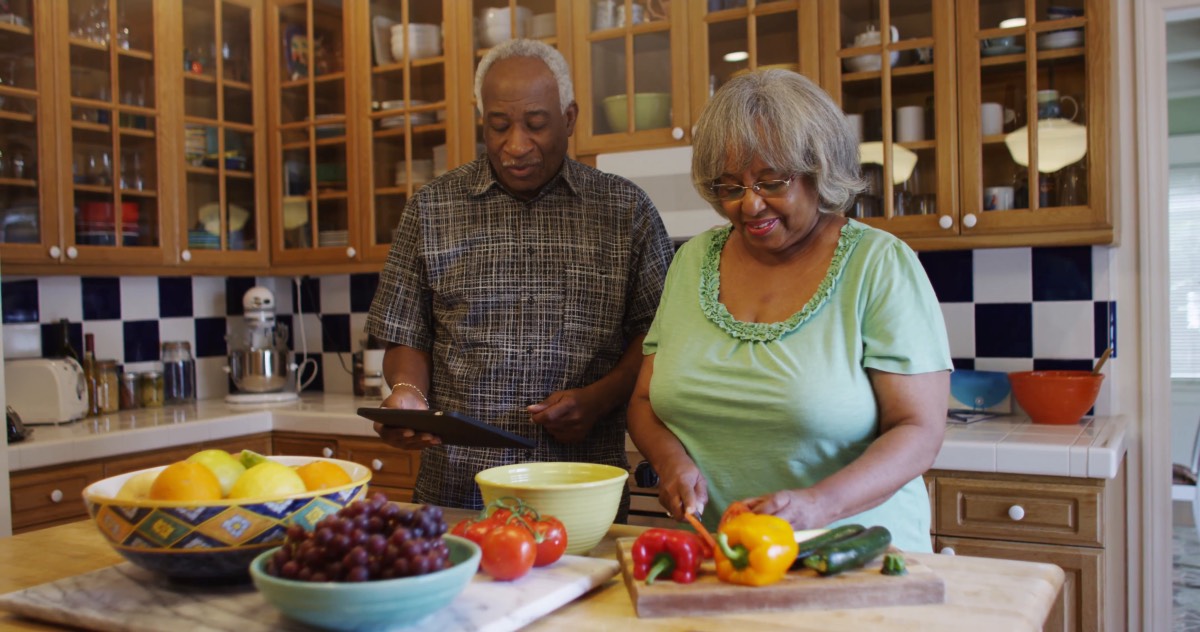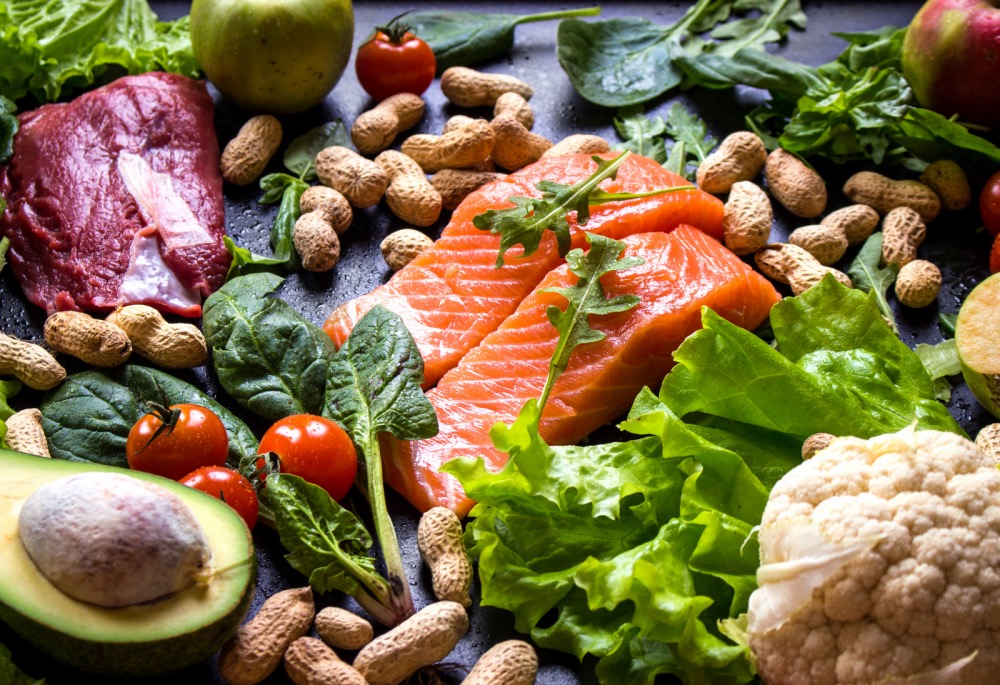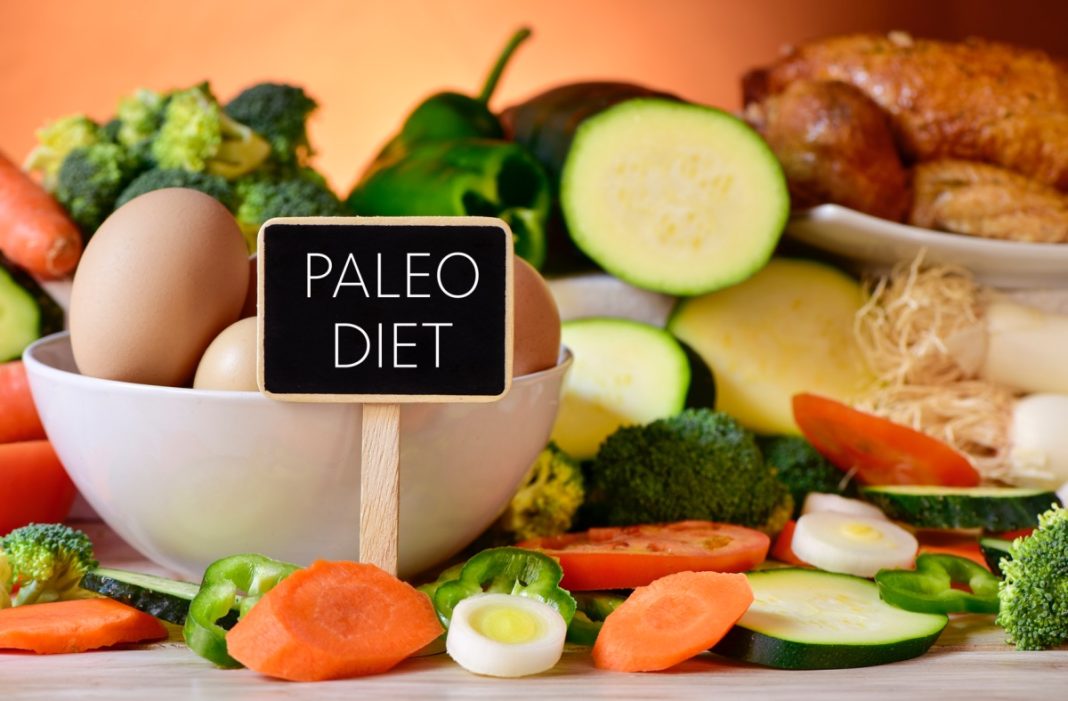Unveiling the secret to vibrant health and wellness, the Paleo diet offers a pathway to rediscover the dietary habits of our early ancestors—the hunter-gatherers of the Paleolithic era. During an era when the concept of processing, agriculture, and artificial additives was alien, these forebears thrived on a diet rich in wholesome foods hunted and gathered from the earth’s generous bounty.
Embarking on the Paleo diet journey means stepping back in time, rekindling our connection with Mother Nature, and shunning the trappings of modern dietary practices that lean heavily towards processed foods, grains, dairy, and sugar-laden products.

It’s not just a diet—it’s a lifestyle transformation that emphasizes food’s natural state, quality, and nutritional profile over convenience and artificial enhancement. It is an invitation to partake in a gastronomical adventure that is as close to our genetic makeup as it can get, thus potentially reducing the risk of chronic diseases, improving body composition, and enhancing overall health and well-being.
However, transitioning to a Paleo lifestyle can seem overwhelming at first. Questions about what to eat, what to avoid, and how to balance meals for optimal nutrition are common. This is why we’ve created this step-by-step guide to ease your transition into a Paleo diet, simplifying the complexities and offering actionable advice to get you started on this rewarding journey.
Step 1: Understand the Basics
Before you start any diet, it’s important to understand what it entails. The Paleo diet focuses on:
- Lean meats: Fish, poultry, and lean cuts of meat are staples in the Paleo diet.
- Fruits and Vegetables: These should constitute a significant part of your meals.
- Nuts and Seeds: These are excellent sources of healthy fats and protein.
- Healthy fats: Olive oil, coconut oil, and avocados are good sources.

The Paleo diet excludes a number of food categories that are typically present in modern diets. Most notably, it eliminates all grains, including wheat, barley, oats, and rice, due to the belief that our ancestors did not consume these.
Furthermore, it avoids all dairy products like milk, cheese, and yogurt, stemming from the presumption that dairy was not part of the ancestral diet. Legumes, including beans, lentils, peas, and peanuts, are also excluded.
In addition, the Paleo diet shuns all forms of processed foods, which often contain unhealthy additives and preservatives. This means no convenience foods, fast foods, or pre-packaged snacks.
Lastly, any type of sugar and artificial sweeteners, apart from natural sugars found in fruits and honey, are strictly off-limits. This stringent exclusion list aims to bring our eating habits closer to those of our Paleolithic ancestors and promote a healthier lifestyle.

Step 2: Set Realistic Goals
Before diving into the Paleo diet, consider your goals. Are you looking to lose weight, improve your health, or both? Defining your goals can help you stay motivated and guide your meal planning.
Step 3: Clean Out Your Pantry
Remove non-Paleo foods from your pantry, fridge, and freezer. This step is crucial to avoid temptation. Stock up on Paleo-friendly alternatives such as almond flour instead of wheat flour, honey or pure maple syrup instead of refined sugar, and almond milk instead of dairy.

Step 4: Plan Your Meals
Planning meals in advance helps you stick to the diet and ensures you’re getting a variety of nutrients. You can find plenty of Paleo meal plans and recipes online to help with this.
Step 5: Learn to Read Labels
Become familiar with food labels. Many processed foods have added sugars and unhealthy fats, which are not Paleo-friendly. Look for foods with the fewest ingredients and avoid those with unrecognizable or hard-to-pronounce items.

Step 6: Practice Mindful Eating
Take time to savor your food. Eating slowly and without distraction helps you listen to your body’s hunger and fullness signals, reducing the chance of overeating.

Step 7: Stay Hydrated
Don’t forget to drink plenty of water, a fundamental aspect of any healthy diet. It aids digestion, keeps your skin healthy, and helps control your appetite.
Step 8: Get Support
Having a support system can make your transition to a Paleo diet easier. Consider joining online forums or local groups where you can share recipes, success stories, and challenges.
In Conclusion
Starting a Paleo diet can be a significant lifestyle change, but the potential benefits for health and weight loss can make it worthwhile. Remember to consult a healthcare professional before making any drastic changes to your diet, especially if you have chronic health conditions. Stick to the plan; over time, this way of eating will become second nature.







